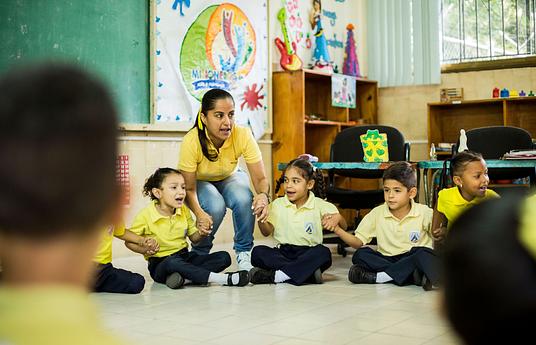Most junior high schoolers (13–16-year-olds) do not meet the recommendations for daily physical activity. This raises their risk of various different health problems. It also tends to be harder to inspire change in junior high school students than in younger kids. The ultimate goal for Your Choice is to create healthier junior high schools that focus on nutrition and exercise.
The premise for this innovation is that in a healthy and safe school every student is involved in the decision making process. After all, young people are the real experts of their own lives. Your Choice encourages young people to plan and lead different activities inspiring lifestyle changes. When students can take part in the decision making process, schools become happier and healthier.
Your Choice activities provide young people with a set of tools to help them make healthy choices in their everyday lives. This includes the ability to reflect on one's personal choices. Particularly children at risk of health problems benefit because they will be able to make better lifestyle choices but also find the value in their new lifestyle. Physical fitness is also connected to higher achievement – wellbeing leads to motivated students who learn better.
While the focus of Your Choice is on improving physical activity and school lunches, it may be implemented in various ways. Schools that have embraced Your Choice have increased action-based learning methods, opened up their gyms during recess and introduced daily extended recesses. Some schools introduced standing desks and exercise breaks to reduce sitting. Students have started school lunch teams, revamped their school concession stand’s selections and spruced up their cafeteria. Schools have also organized theme days around physical activities and acquired exercise equipment to be used outside as well as in class.
Your Choice is an initiative by Youth Academy. It has reached thousands of teachers and students around Finland. Many schools across Finland have successfully adopted the model including in Vantaa, Jämsä and Orimattila.



